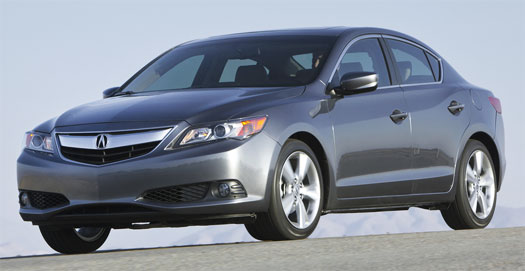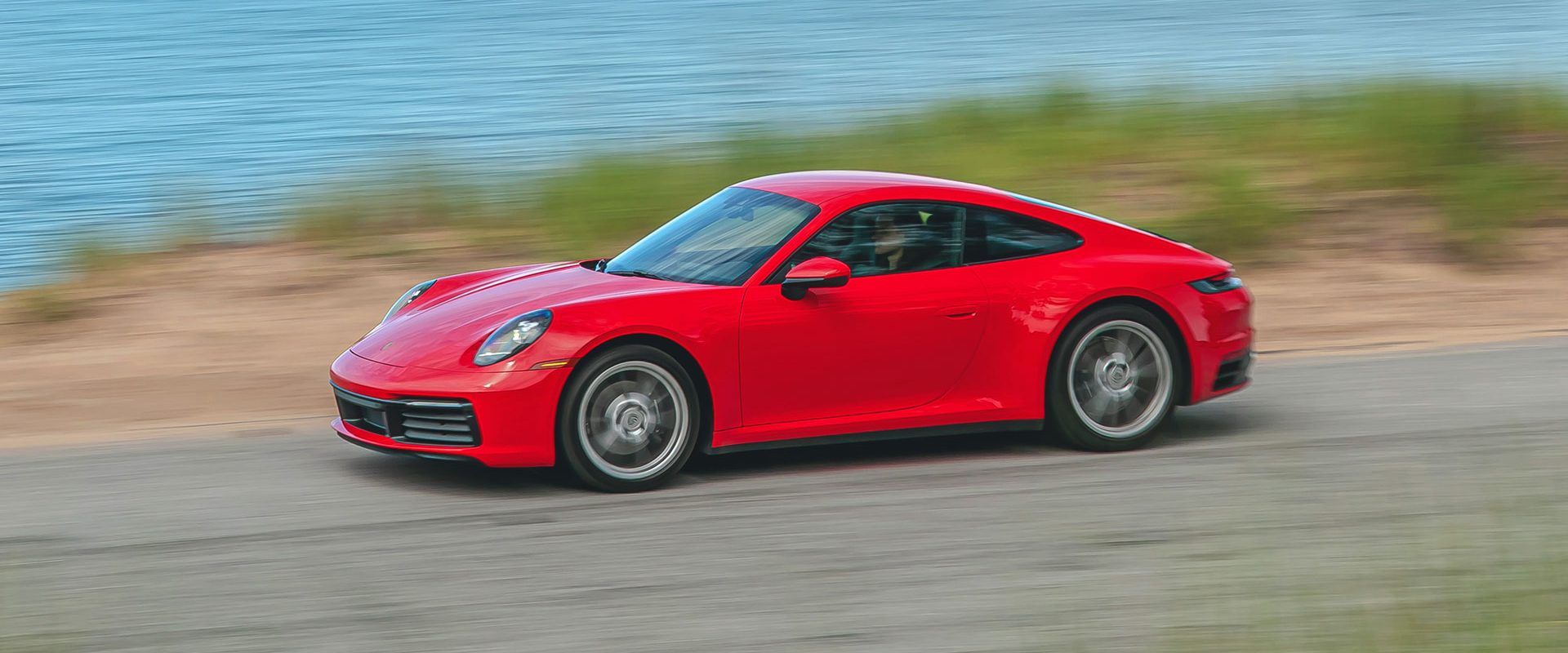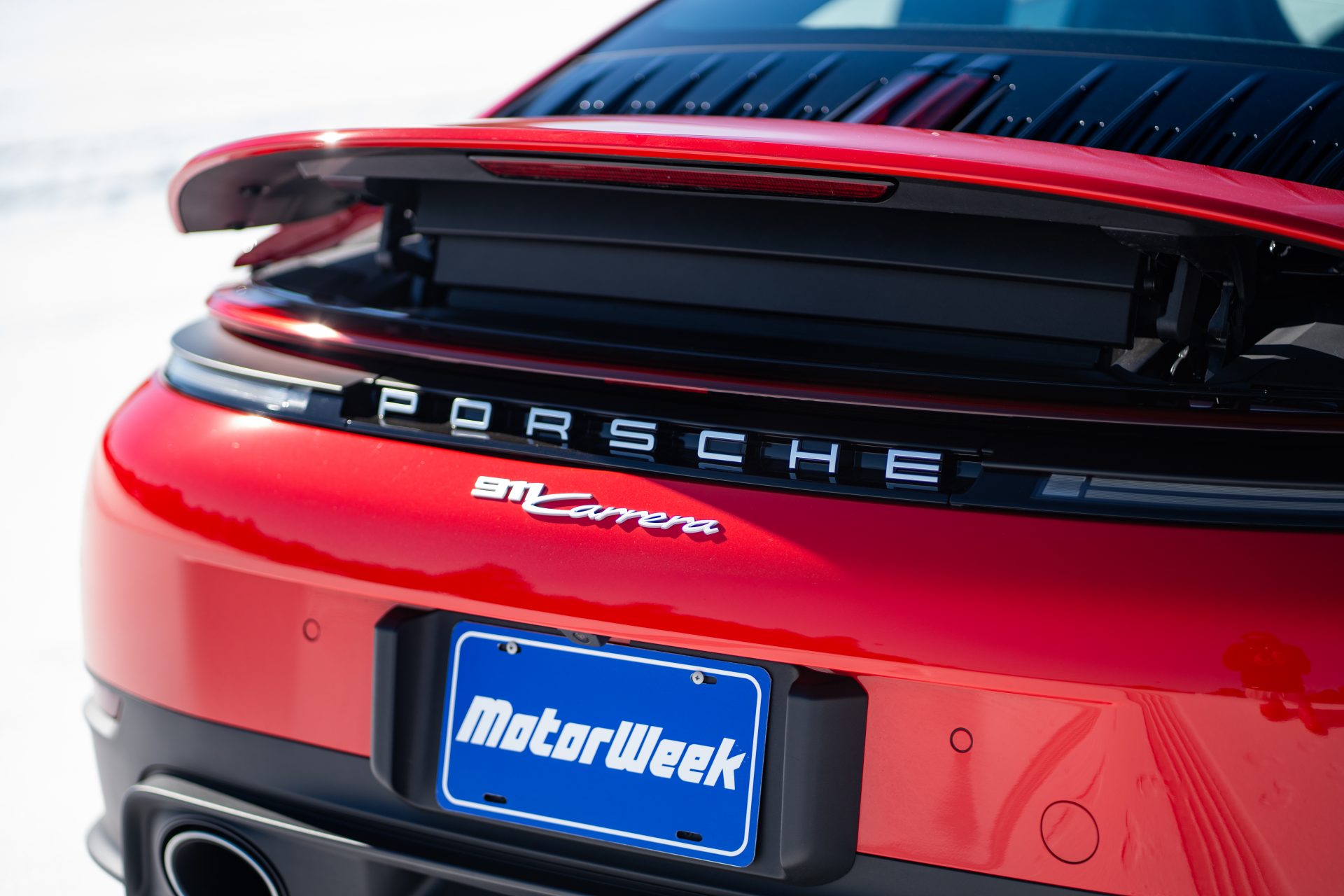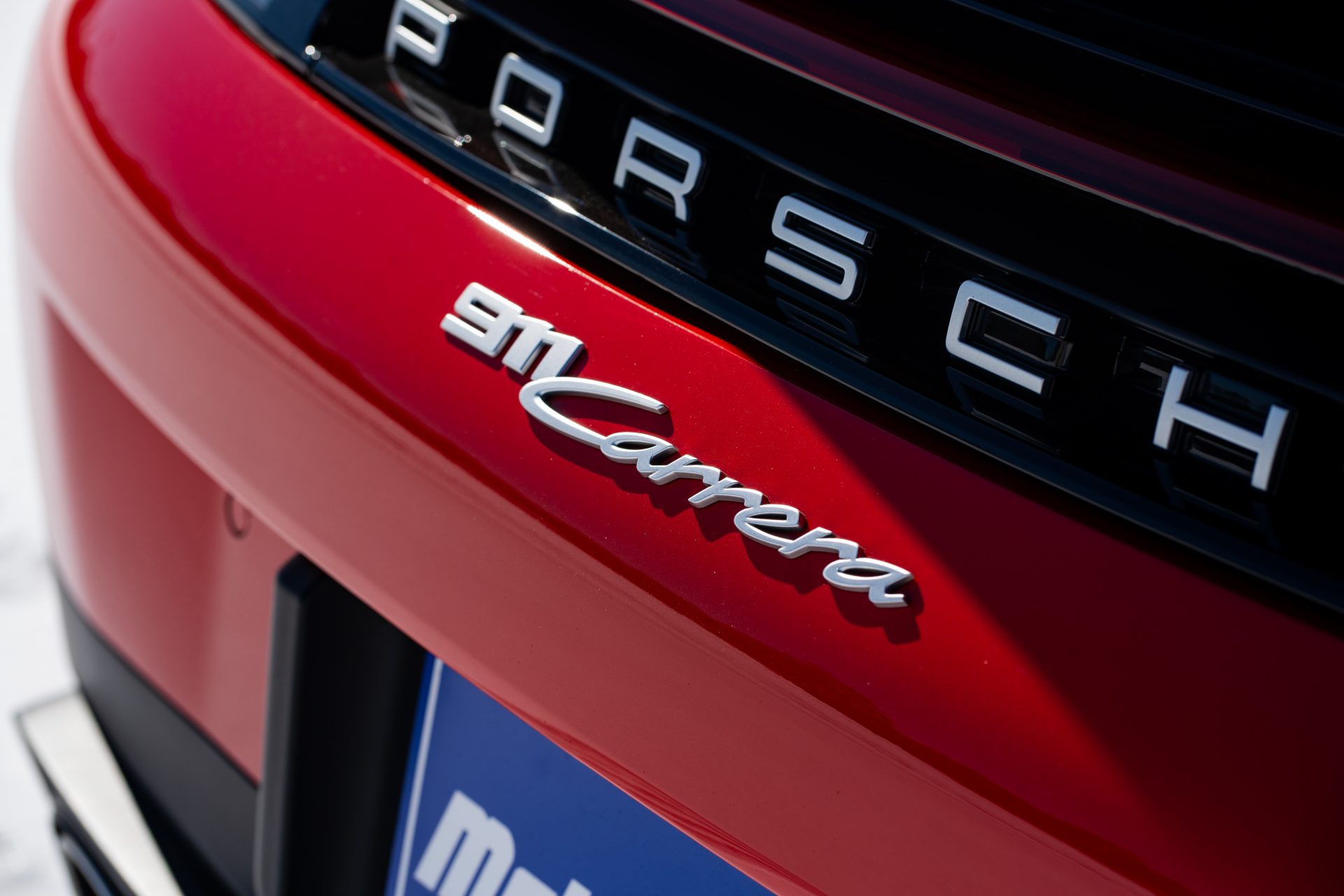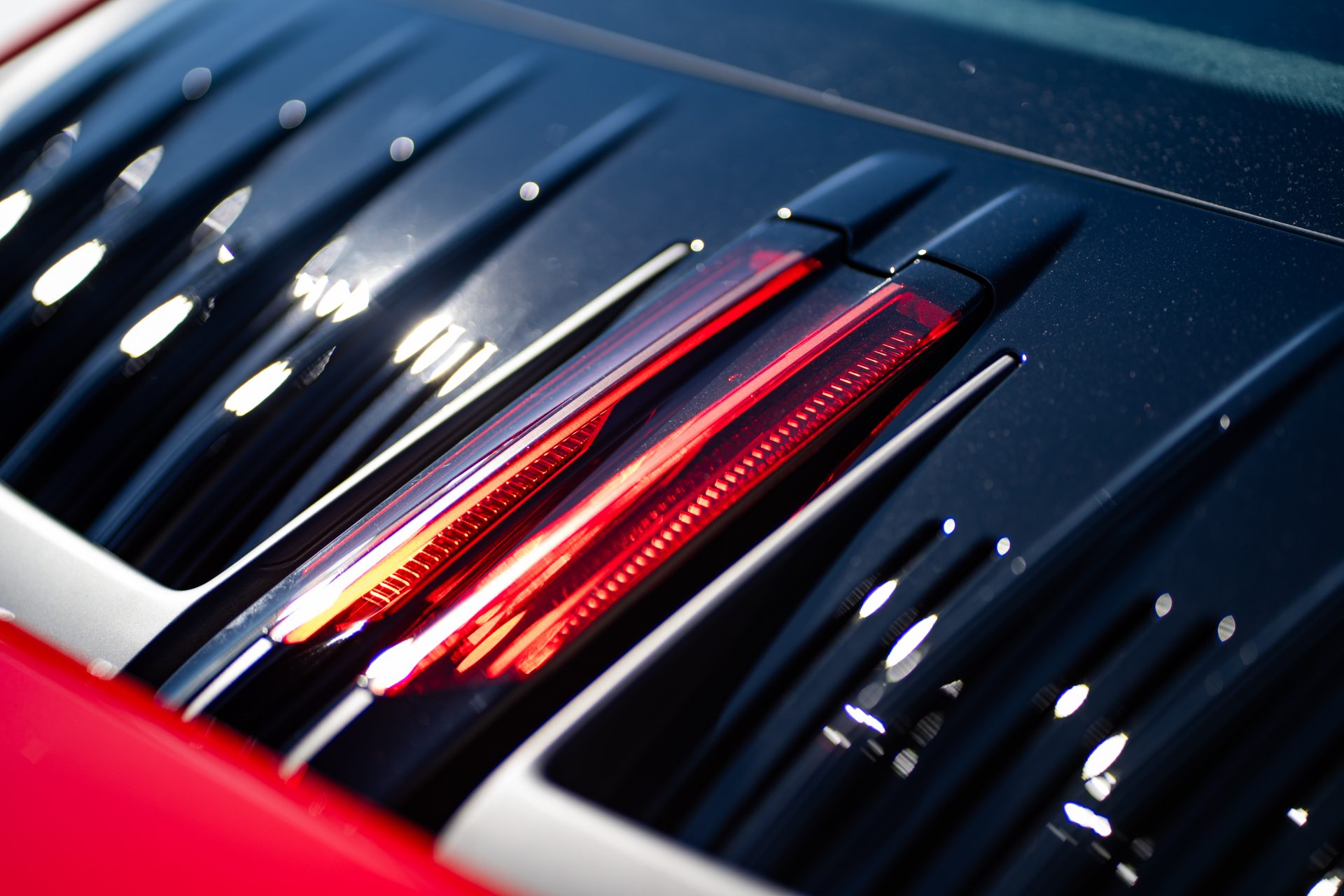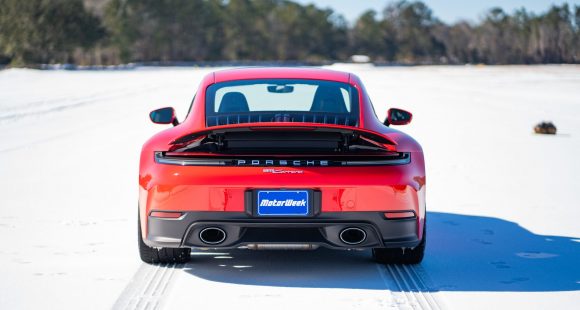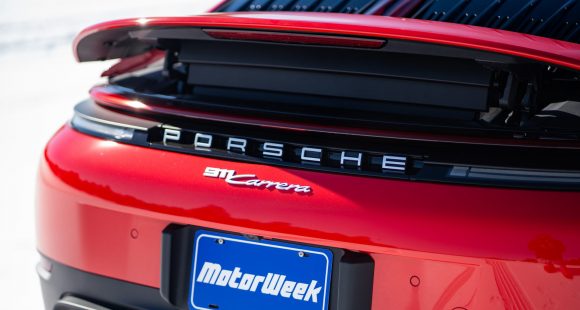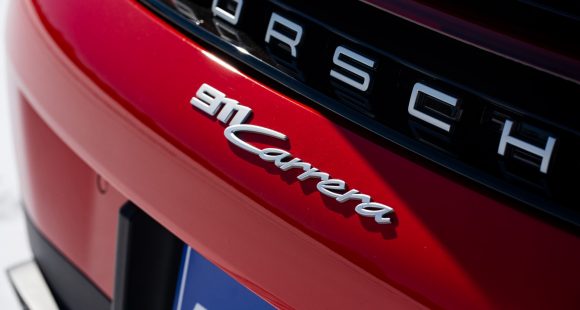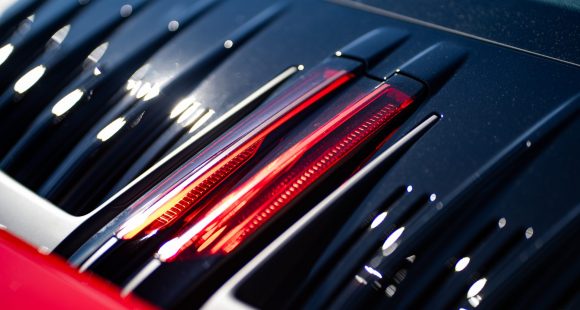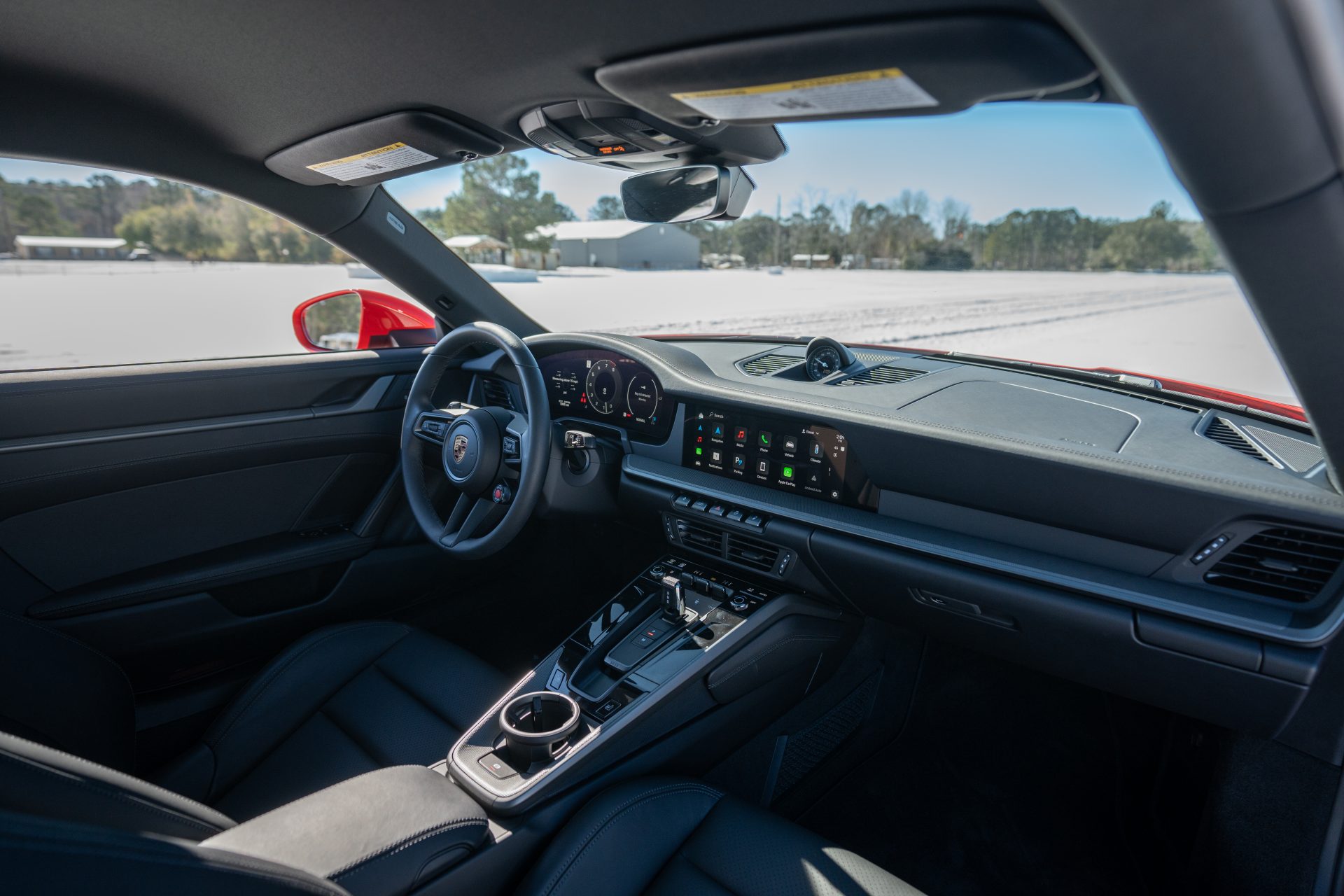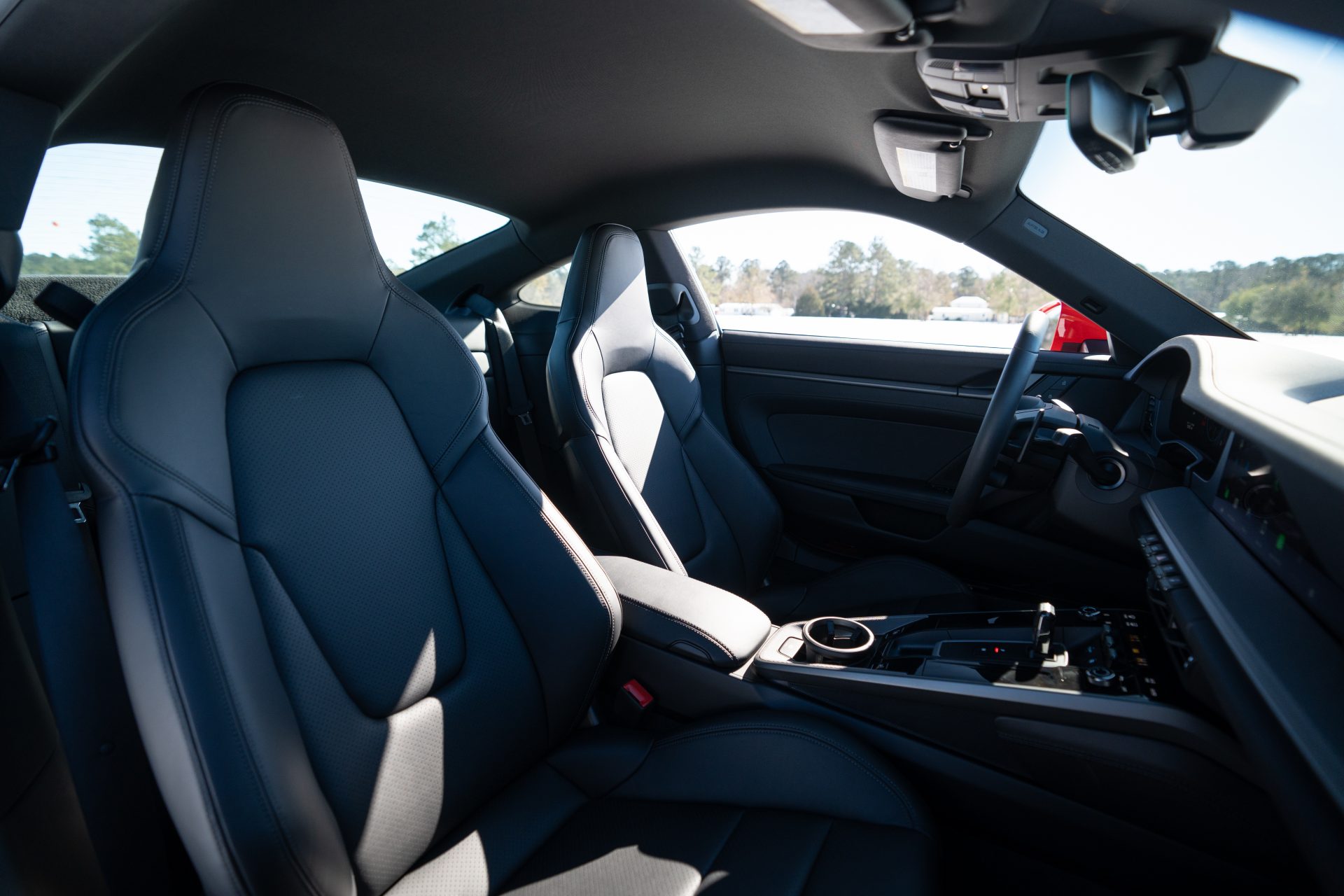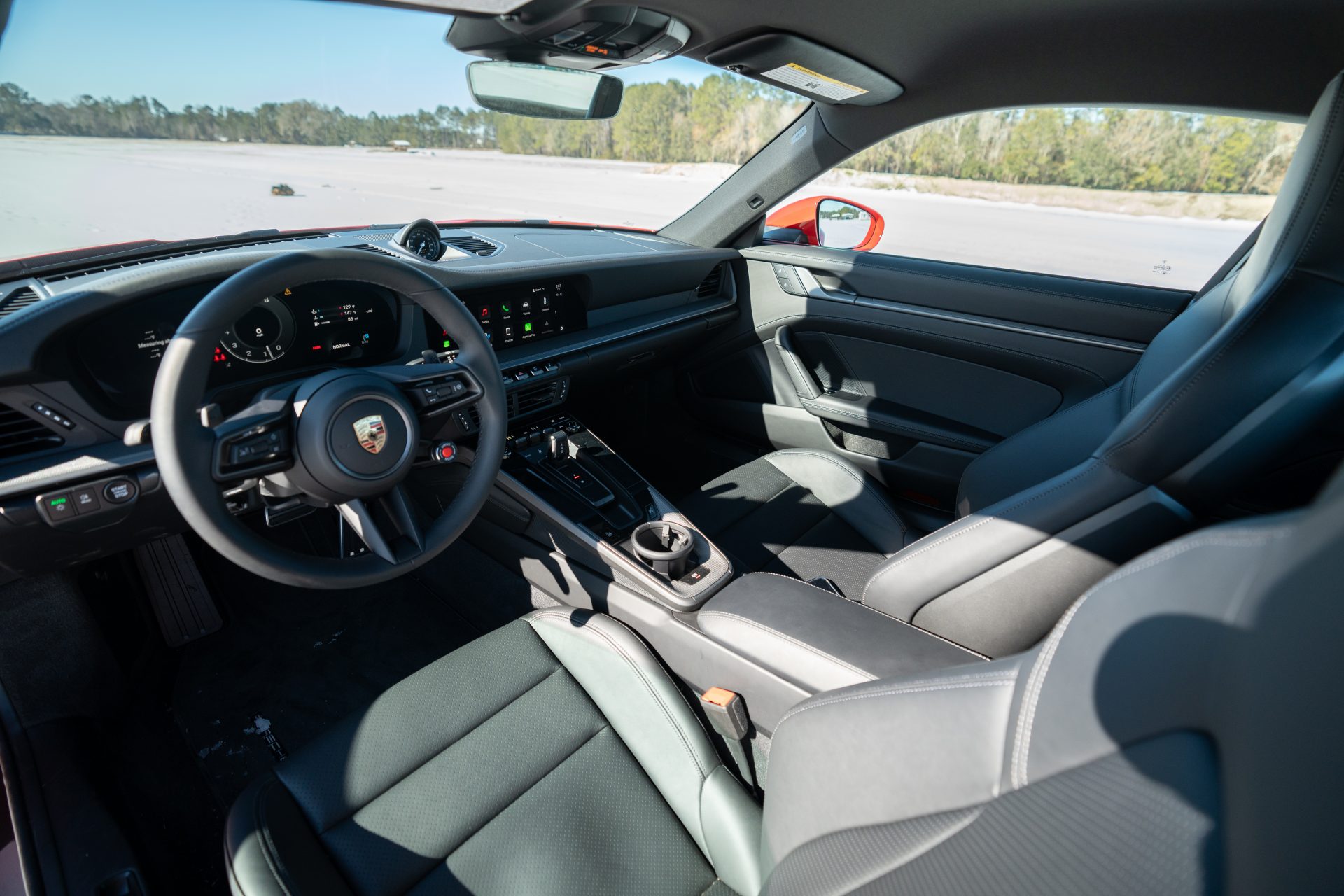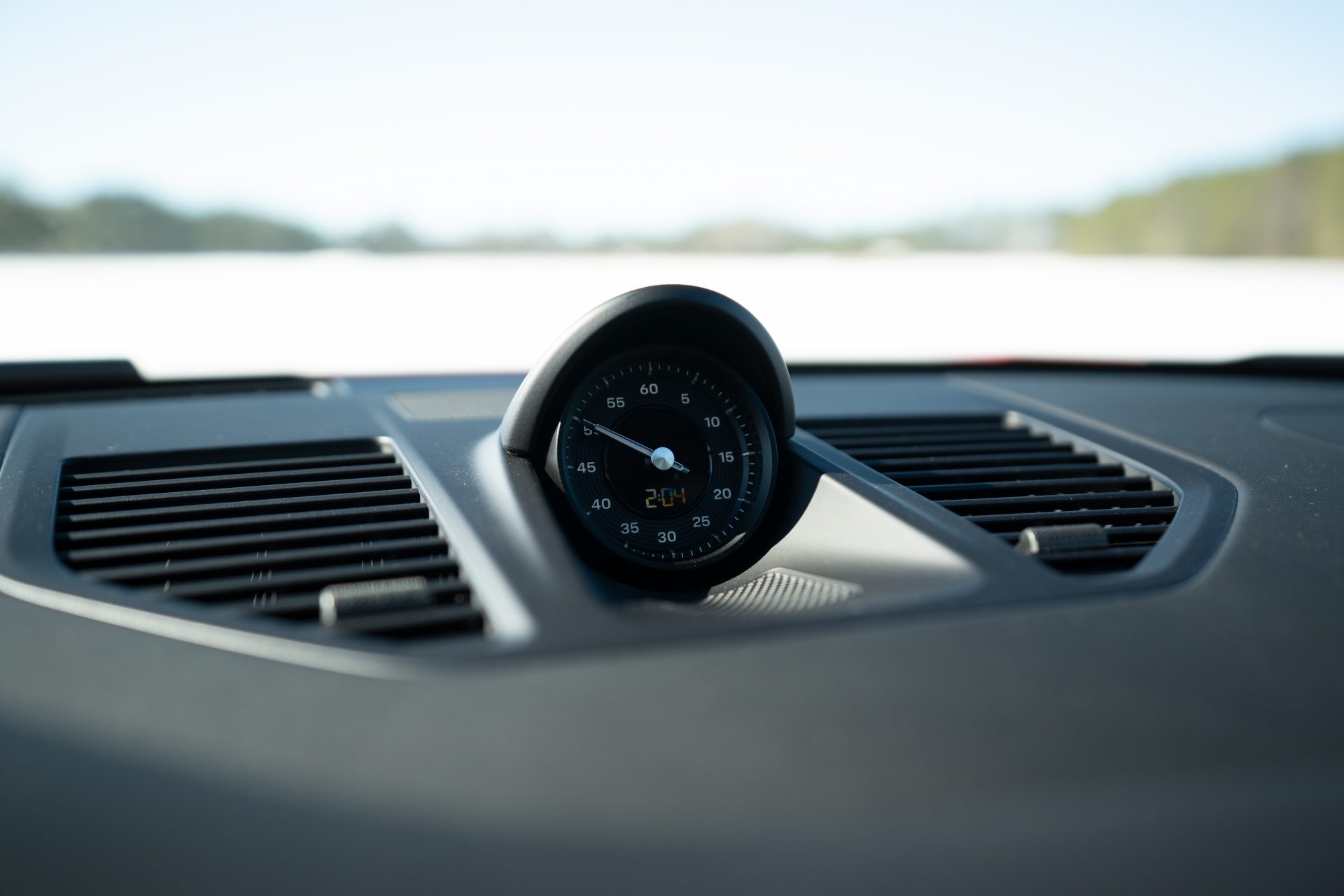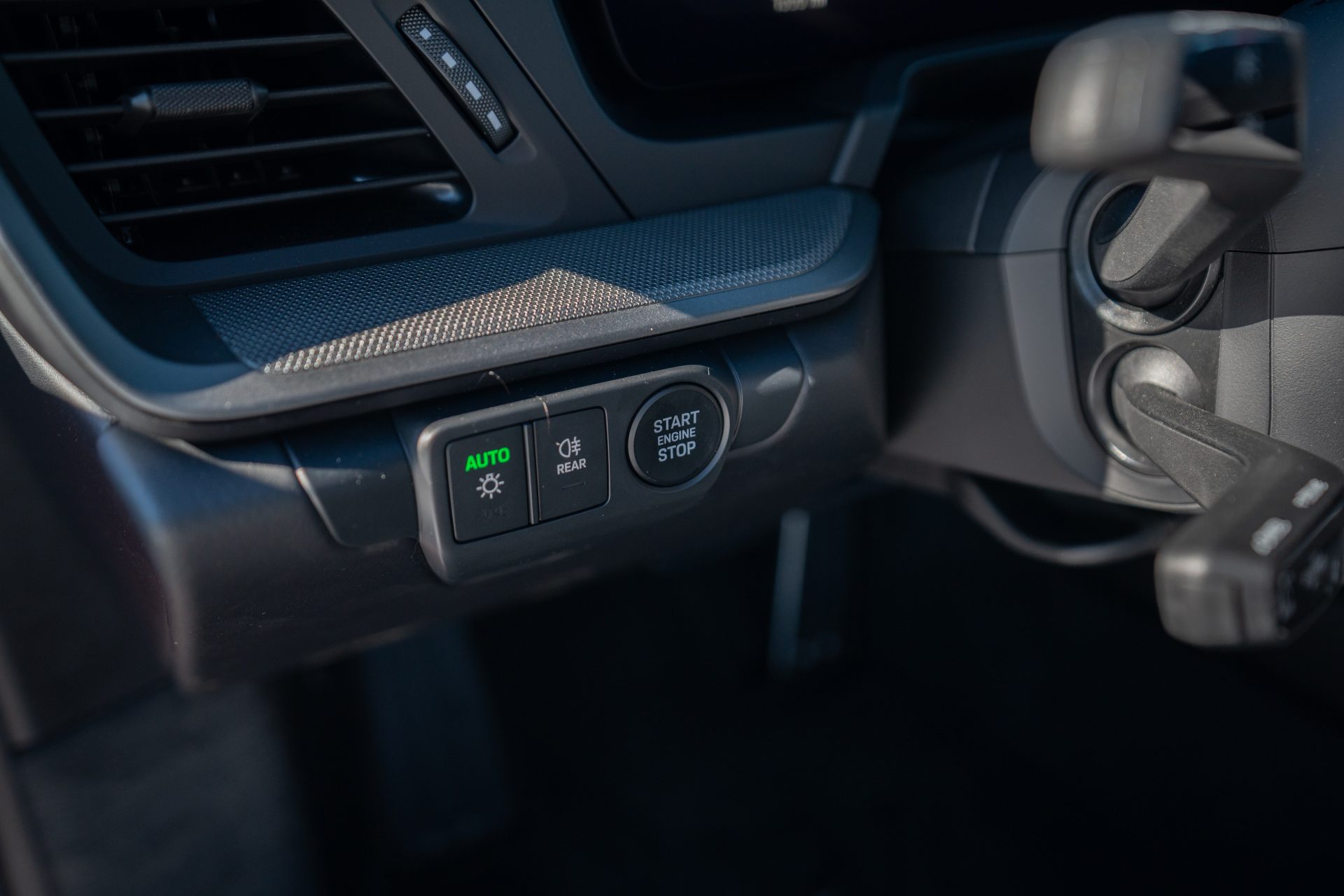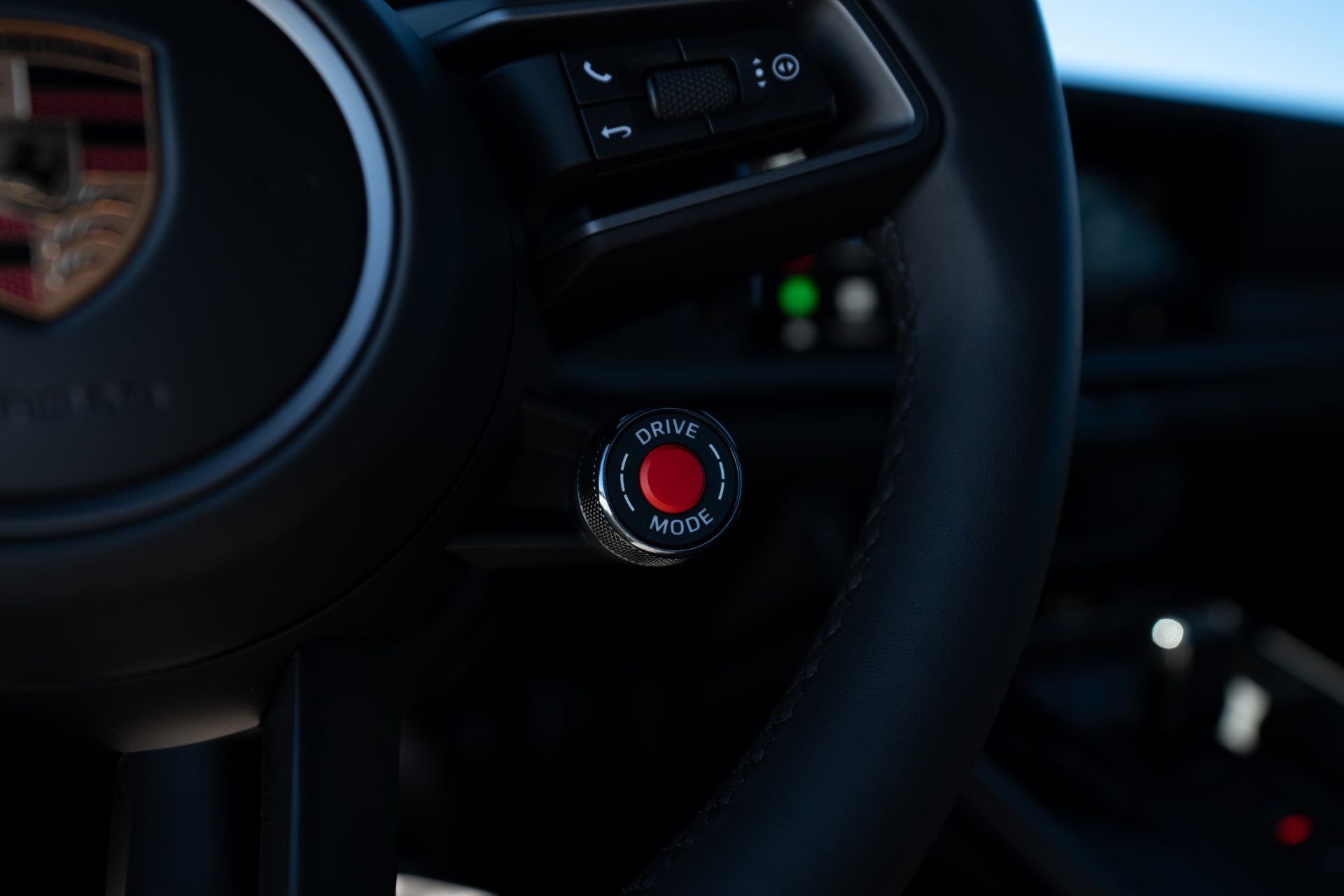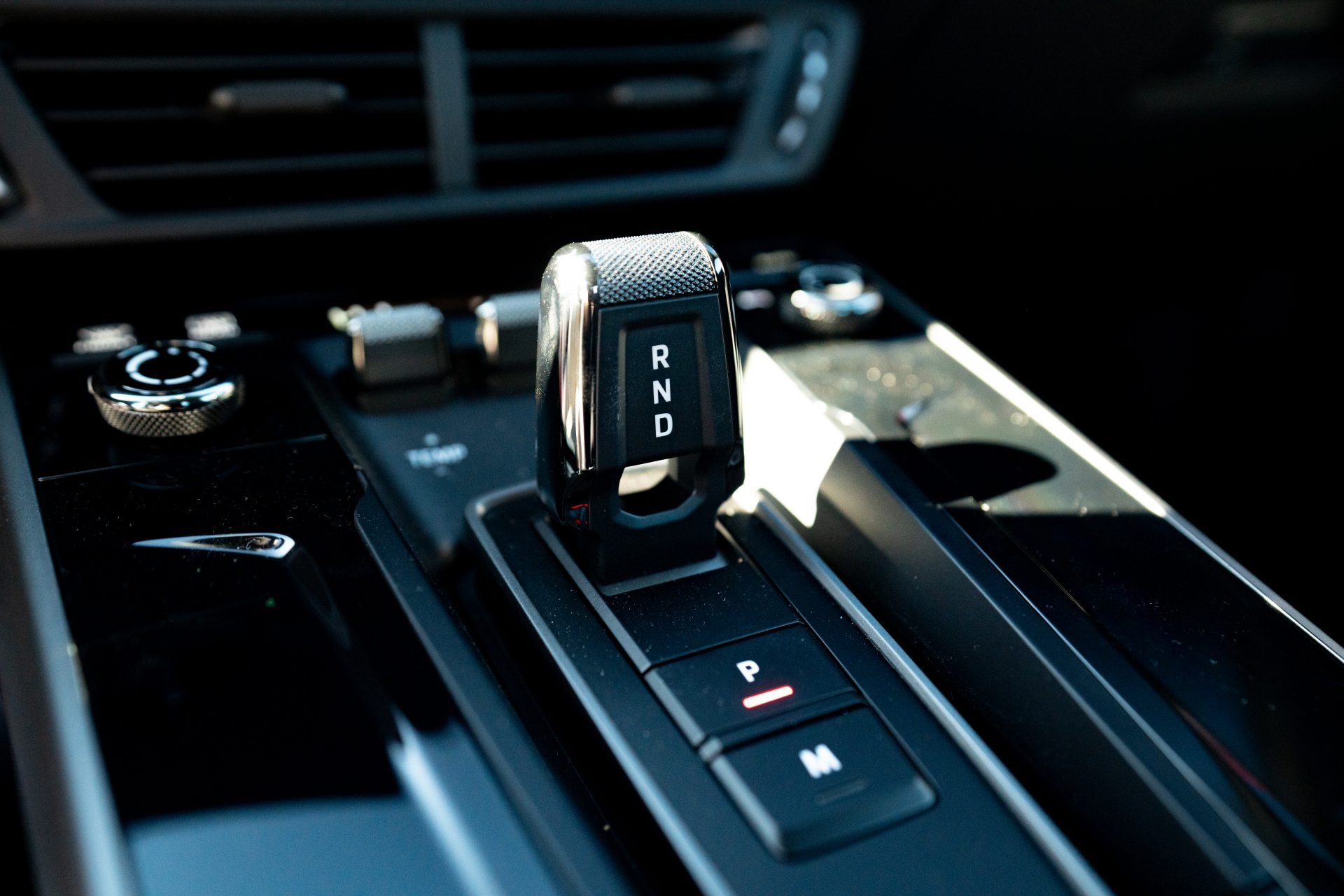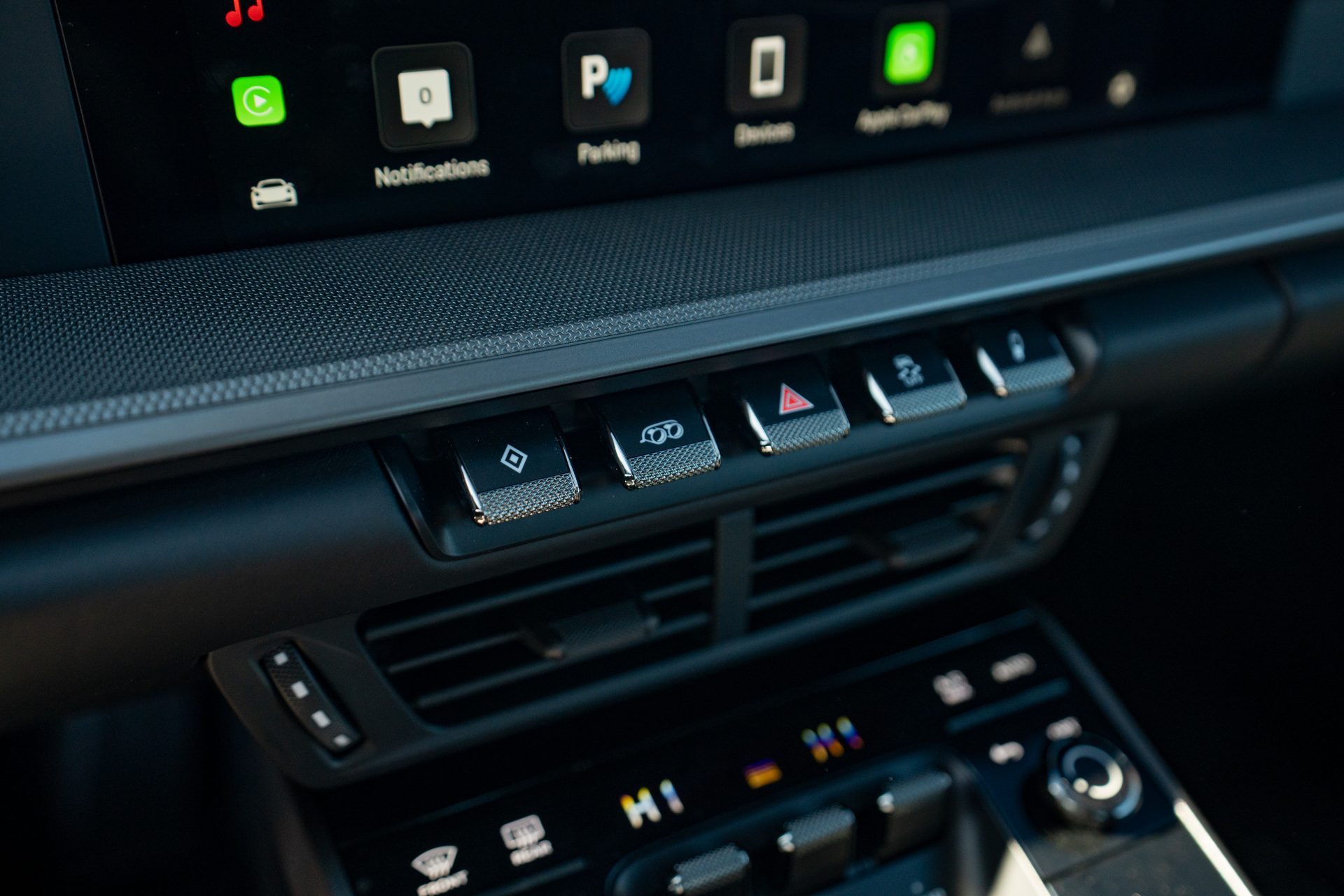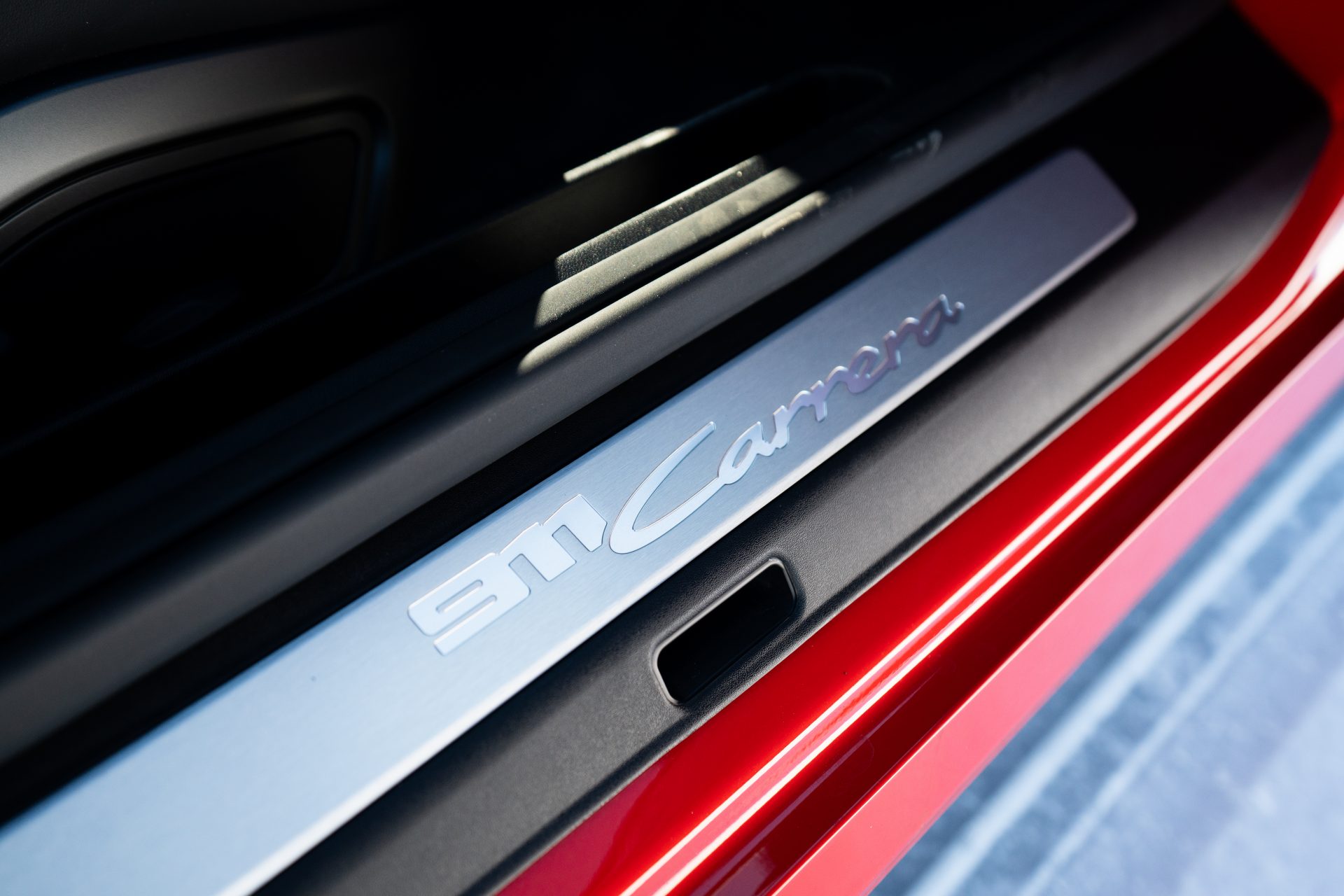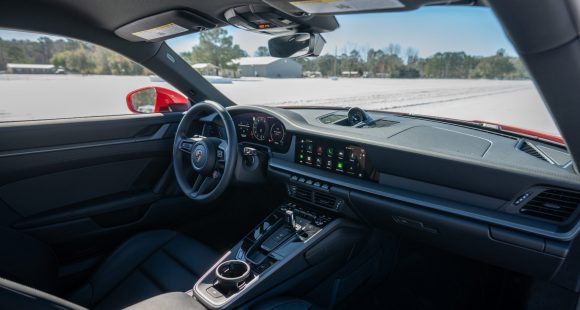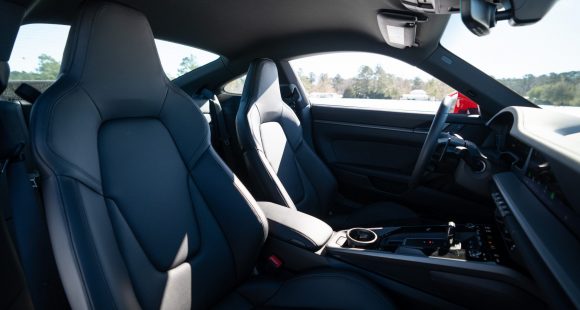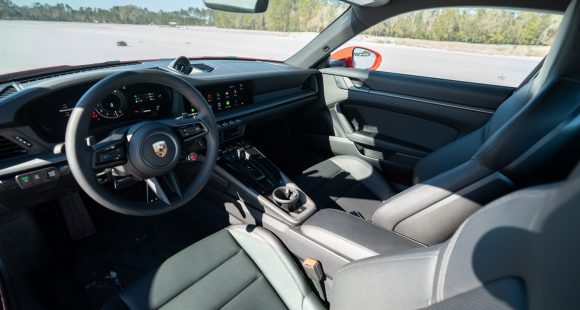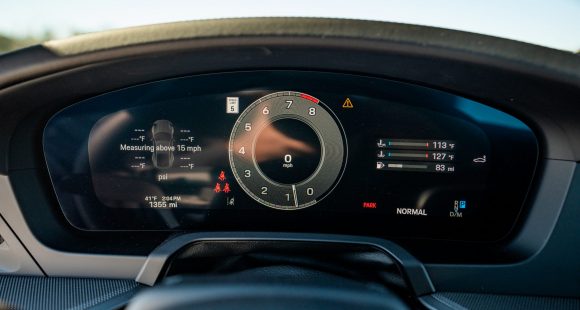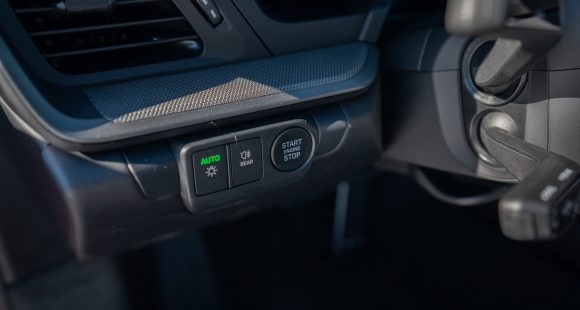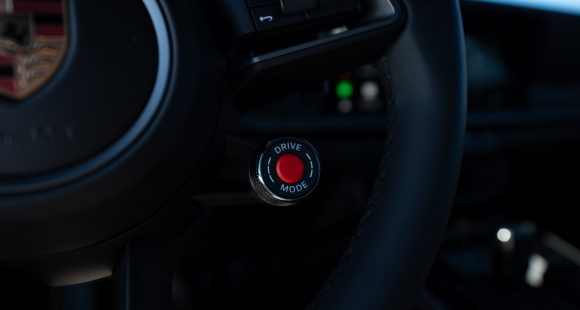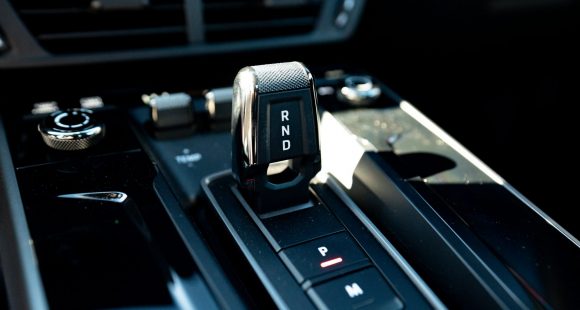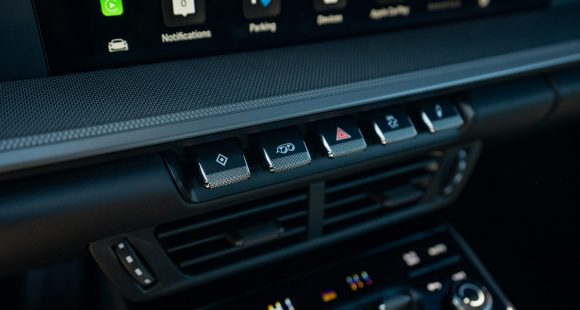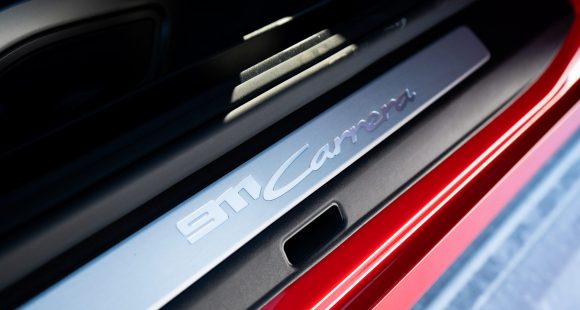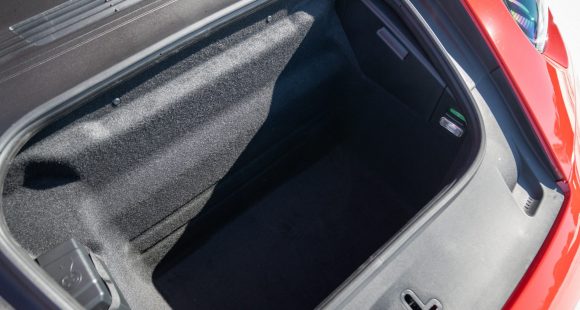2013 Acura ILX
The recession and rising gas prices has prompted luxury car builders to conjure up new entry-level models that are even more entry-level than ever- both for boomers with diminishing 401k’s and for young professionals who aren’t making as much money as they would have a few years ago. That’s the story behind the new Acura ILX. It’s based on the ever-popular Honda Civic, but does the ILX offer enough extra for buyers to make the luxury car leap?
The 2013 Acura ILX joins the recently introduced Buick Verano in matching entry level luxury sedans with today’s financial realities, including more realistic pricing, but more on that later. For now, let’s look at what the ILX has to offer the near premium luxury pretender.
Rather than just one car with 3 engine choices, the ILX comes in three distinct models, each with its own power train. The ILX 2.0 features a 2.0-liter I4 paired with an automatic transmission. The ILX 2.4 upgrades to Honda’s largest I4 mated to a 6-speed manual. And, finally, the ILX 1.5 Hybrid, complete with a CVT, and the first hybrid for the Acura brand.
The 201-horsepower 2.4 has the most character, and will obviously appeal more to enthusiasts. But, if you want the Technology Package with Navigation and all the bells and whistles, you have to select either the 2.0 or Hybrid. The 2-liter is all-new and debuts in the ILX. Output is 150-horsepower and 140 pound feet of torque. Government Fuel Economy Ratings are 24–City and 35-Highway. We saw 29.5 miles-per-gallon on Premium gas. The 1.5 Hybrid achieves 39-City and 38-Highway. That’s about 10% less than the Civic Hybrid, but 10% more than the outgoing Lexus HS 250h Hybrid. Out on the road, the ILX 2.0 develops adequate power, but not much more though steering wheel paddle shifters are standard and can help raise the fun factor a bit. Handling is well sorted out, with a completely different vibe than Civic; suspension is firmer, and ride more controlled.
Styling is also a huge departure from Civic. While nice looking, it’s much more on the conservative, classy trip, leaving only Acura’s shield grille to denote any aggression. The front end is wider than Civic while the hood is a good deal longer. Body lines flow up and over the rear wheels giving a hefty haunch, while thick C-pillars give a coupe-like tilt. The rear also proudly shows off the ILX’s wider stance and 16-inch aluminum wheels are standard, with 17’s optional.
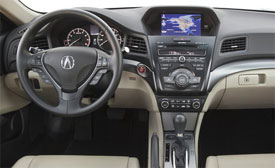 Inside, the environment follows the larger TL’s blend of high-tech features with modern style, all wrapped in a spacious cockpit design. Gauges have an upscale look, and there’s a small info screen in the center. Front seats are wide and adequately comfortable and much like the Civic, visibility is excellent. Back seat passengers could use a little more legroom, but seat comfort is good for a compact. The back seats fold flat with a nice, wide opening into the trunk. The trunk area itself is well laid out and there’s room for 12.4 cubic-feet of cargo. The standard ILX comes very well equipped with keyless entry, push-button start, moon roof, and iPod connectivity. The available Premium Package adds heated leather seats and back-up camera. Besides navigation with Acuralink traffic and weather, the Technology Package upgrades the sound system to 365-watts.
Inside, the environment follows the larger TL’s blend of high-tech features with modern style, all wrapped in a spacious cockpit design. Gauges have an upscale look, and there’s a small info screen in the center. Front seats are wide and adequately comfortable and much like the Civic, visibility is excellent. Back seat passengers could use a little more legroom, but seat comfort is good for a compact. The back seats fold flat with a nice, wide opening into the trunk. The trunk area itself is well laid out and there’s room for 12.4 cubic-feet of cargo. The standard ILX comes very well equipped with keyless entry, push-button start, moon roof, and iPod connectivity. The available Premium Package adds heated leather seats and back-up camera. Besides navigation with Acuralink traffic and weather, the Technology Package upgrades the sound system to 365-watts.
At our track, under clear skies, on a picture perfect day, we navigated our ILX 2.0 to the end of the ¼ mile in 17.2 seconds, cruising along at 84 miles per hour. While those numbers won’t impress many, a 0-60 time of 9.3-seconds is more than adequate to get you up to speed on your daily commute. Bringing the ILX to a halt from 60 takes a 132-feet, however. Not unacceptable for a luxury car tipping the scale at just under 3,000-pounds, but we’d like it to be shorter. Pedal feel is vague and travel long. While our 2-liter ILX never quite feels sporty through the cones, it does feel very solid. The electric power steering is quick and smooth, while the MacPherson strut front and multi-link rear suspension along with front and rear stabilizer bars kept things relatively flat. Yes, it handles like we would expect from Acura. The Civic’s steering system has been reworked with a quicker ratio for better response and beefier parts to improve feel. It also features Motion Adaptive EPS which works with the VSA and Traction Control systems to apply assistive force when corrections are needed.
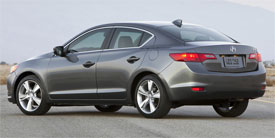 But, the real story of the ILX is pricing. The ILX 2.0 begins at only $26,795. That’s 4 grand more than a Buick Verano, but almost $6,000 less than an Audi A4. The ILX 2.4 starts at $30,095, while the 1.5 Hybrid will cost slightly less at $29,795. Acura has done a great job of genetically altering the Honda Civic into the high value ILX. It’s not a complete reincarnation of the fondly-remembered RSX hatchback coupe, but with its 2.4 mill, the ILX sedan is surprisingly close. More than a Civic with a new personality, the ILX is also a return to what the Acura brand originally stood for, attainable luxury, but now with modern fuel economy and we see that as a right turn for Acura.
But, the real story of the ILX is pricing. The ILX 2.0 begins at only $26,795. That’s 4 grand more than a Buick Verano, but almost $6,000 less than an Audi A4. The ILX 2.4 starts at $30,095, while the 1.5 Hybrid will cost slightly less at $29,795. Acura has done a great job of genetically altering the Honda Civic into the high value ILX. It’s not a complete reincarnation of the fondly-remembered RSX hatchback coupe, but with its 2.4 mill, the ILX sedan is surprisingly close. More than a Civic with a new personality, the ILX is also a return to what the Acura brand originally stood for, attainable luxury, but now with modern fuel economy and we see that as a right turn for Acura.
Specifications
- Engine: 2.0-liter I4
- Horsepower: 150
- Torque: 140 lb-ft.
- 0-60 mph: 9.3-seconds
- 1/4 mile: 17.2 seconds @ 84 mph
- EPA: 24 mpg city/ 35 mpg highway
2025 Porsche 911 Carrera
Ever Evolving 911 Reaches New Heights
The Porsche 911 has existed for 60 years now! Amazing! And, you could argue that major changes over all those years have been relatively few, as constant incremental improvement is more the way that Porsche does business. With that in mind, let’s hit the track in the latest 911 and see what constant improvement means for 2025.
We’ve driven so many 911s here at MotorWeek, each seemingly more special than the last, so it’s a bit refreshing to be ripping around Savannah’s Roebling Road Raceway in a 2025 Porsche 911 that’s about as close as you can get to base these days. And the fact that it’s just as fun as all those exclusive pieces says a lot about how far the 911 has come. Perhaps it also speaks to how much a base 911 will set you back today as well; more on that later.
For now, we’re just thinking about the next apex, holding steady throttle as we approach, and getting on it way sooner than you’d expect without upsetting anything, as the 911 rockets off the corner thanks to tremendous grip and a PDK trans that finds the perfect gear before we even gave it a thought. Even with very cold track temps, we never struggled for grip or battled any wheelspin coming off of corners. And trying to land it in that perfect spot in braking zones is easy with strong brake performance that was predictable and consistent lap after lap; no wandering, and great feedback too.
Yes, even the standard 911 is near pure perfection on a racetrack. It gives you all the right feedback, stays incredibly flat through corners, makes you always feel totally in control, and again is just plain fun. Unless you’re chasing lap times, there’s really no need to head further up the 911 tree. Though it is worth noting the few upgrades that were on our Carrera did help the situation a little. The 20- and 21-inch Carrera S wheels enabled plenty of grip from the 305 Pirelli P Zero tires, the Sport Chrono Package allows 0-60 sprints of 3.7 seconds, an extended range fuel tank meant we could lap all day without having to fill up, and the fantastic Sport Seats provided great support and better comfort than we remember experiencing in a 911. The Sport Exhaust system didn’t add anything to performance, but made things sound a whole lot better, and the oval silver tips look great too.
We never struggled for grip or battled any wheel spin coming off of corners.
Our track time got cut short thanks to a rare snowstorm in Coastal Georgia, but the white stuff and blue sky made the perfect backdrop for our Guards Red Carrera. Exterior tweaks for what is officially the 992.2 include a reshaped front fascia with improved aerodynamics. All front lighting is now contained within the Matrix Design LED headlight housing. The rear fascia has also been smoothed out, the license plate moved higher, and Porsche 3D block lettering spelled out across the back beneath the active rear spoiler and new decklid grille.
Even without Turbo in the name, the standard 911 engine is indeed a turbo these days, a 3.0-liter flat-six twin-turbo delivering 388 horsepower and 331 lb-ft strictly to the rear wheels in the Carrera Coupe.
Inside the cabin, the 911 continues its slow crawl towards the modern, now including a 12.6-inch fully digital gauge display and a start button located on the left side of the steering wheel, with drive modes easily accessible on the wheel itself. In another no brainer move, Porsche now makes the rear seat a no cost option, so you can choose if you want it or not.
Government Fuel Economy Ratings are 18 City, 25 Highway, and 21 Combined. That’s only slightly worse than average for the Energy Impact Score; 14.2 barrels of annual oil consumption with 7.0 tons of CO2 emissions.
The good news is this 911 had the fewest number of options of any Porsche that we’ve tested in some time, and it was still plenty awesome; the bad news is, a base Porsche 911 Carrera Coupe now starts at $122,095.
But can you really put value on “the force,” this mythical power that Porsche seems to have, that somehow turns average drivers into great ones? It’s useless to resist as far as we’re concerned, as it only gets better with the 2025 Porsche 911 Carrera.
Specifications
As Tested
- Engine: 3.0-liter twin-turbo flat-6
- Transmission: 8-speed PDK
- Horsepower: 388
- Torque: 331 lb-ft




